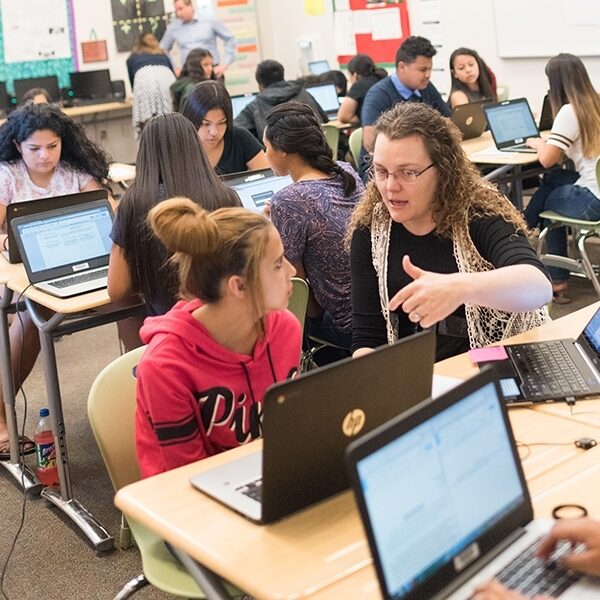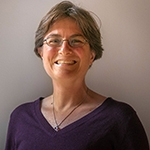
This blog originally appeared on Getting Smart.
Although the term “personalized learning” may seem new, the idea actually predates modern schooling. For centuries, learning was considered a personal endeavor that resulted from asking questions, engaging in social interactions, and developing self-awareness. Prior to formal schooling, all learning was personal — whether in the form of a private tutor or an apprenticeship. It was only with the emergence of mass schooling at the start of the 20th century that learning shifted from personal to institutional.
In response to calls for students to become more self-directed, lifelong learners who can master more complex 21st-century skills, many schools have moved back towards the idea of “personalized learning.” Unfortunately, given the prevalence of institutional structures such as age-based grading and standardized curriculum, these initiatives often fall short of their promise, adjusting pacing and difficulty without addressing the broader challenge of developing language and vision around the truly personal parts of personalized learning: student interest, agency, and self-actualization. Therefore, schools and districts that truly want to adopt personalized learning must first address two challenges: defining new practices and developing new measures.
Lindsay Unified School District (LUSD), a public, K-12 district located in California, serves as an example of what personal “personalized learning” might look like. First, in partnership with Summit Public Schools, Transcend Education, and Columbia’s Center for Public Research and Leadership, they built a shared definition of personalized learning and developed a set of principles or values to describe the student experience. Then, they operationalized those six core principles into 26 separate indicators or “Look Fors.” Each Look For contains specific student actions that correspond to educator strategies that can be explicitly observed and measured.
Many schools and districts trying to implement personalized learning struggle to find the balance between existing demands and the promise of providing each student with the best possible learning experience. LUSD serves as an example of how to balance both sets of demands. Read the full article on Getting Smart.

